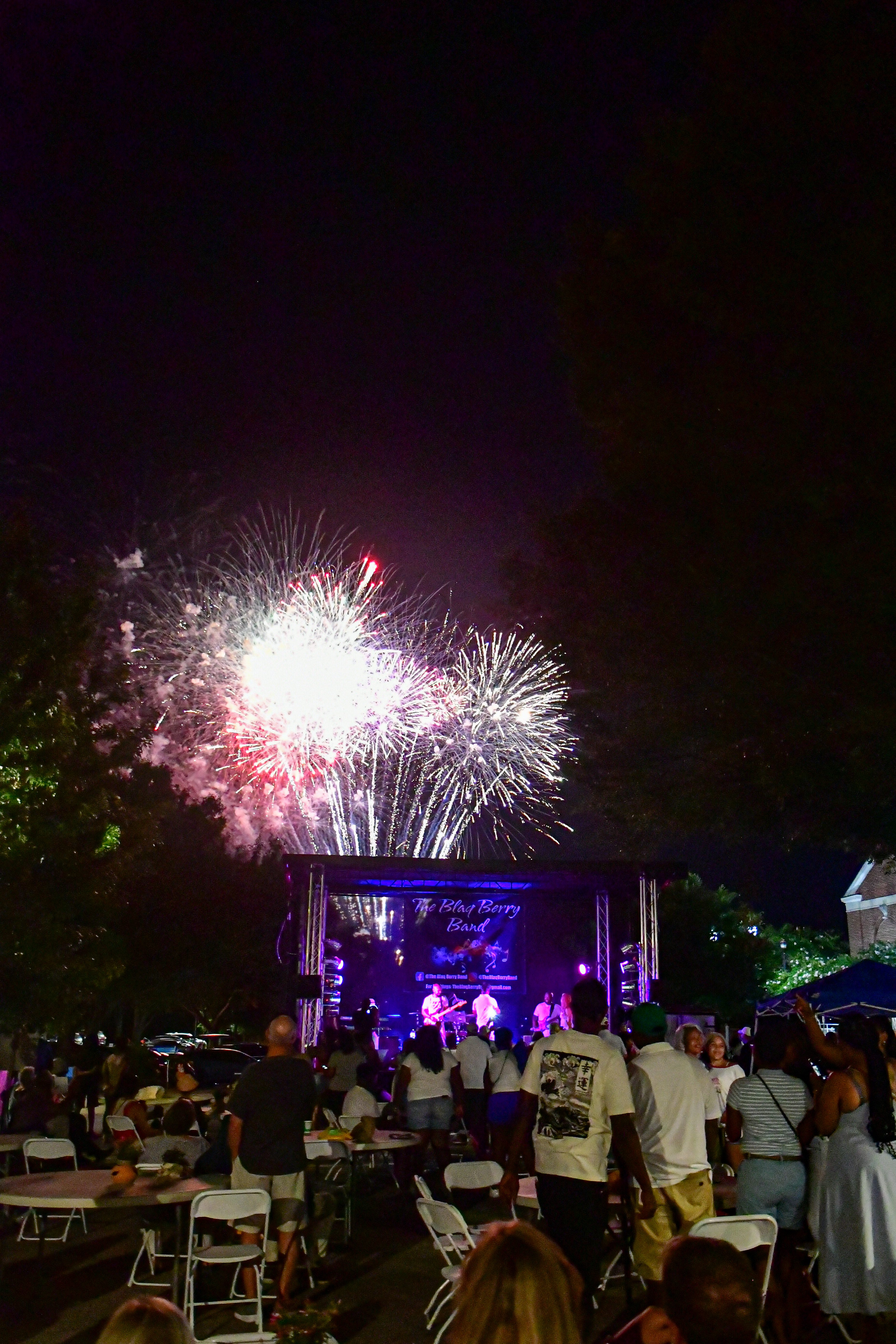Abnormal movements the cause for most soreness
Published 11:13 pm Tuesday, December 23, 2008
“I’m 72 years old and get sore after playing golf. Is this normal?”
Although getting sore is often taken for granted, it’s by no means normal. Improper stretching can cause painfully tight calves. Foot soreness is most commonly due to pronation or a flattening of the feet, while ill fitted equipment and improper conditioning can also cause soreness. There’s been a big surge in “golf fitness” because of this.
But for the most part, soreness develops because of the abnormal movements we create to compensate for our inherent structural problems. This is especially important as we age and develop arthritic symptoms. Many older golfers, who have the free time to play, suffer most. And if they’ve had a hip or knee replacement, they will have even more of a tendency to get sore. That’s because this type of surgery usually results in a leg that is even longer or shorter than it was prior to surgery.
For example, if you’re a right handed golfer and have a longer left leg, it would be quite difficult to fully complete a natural golf swing because you’d basically be swinging “up hill.” So to complete your swing, you’d have to develop, “score inflating compensatory movements” to make up for this structural abnormality. That’s what causes pain and injury. And I’ve seen everything from neck pain to discomfort in the wrist, elbows, hips and low back due structural problems.
Tour players travel with an entourage of physical therapists, chiropractors, massage therapists etc. due to pain after a game. It’s assumed that this is because they’re swinging clubs at speeds over one hundred miles per hour and doing this millions of times during their careers. But while any repetitive motion can cause excessive stress and strain, it’s again, the improper (compensatory) movements that are the real hazards.
Even when severe, many of these symptoms can be resolved quite easily once the underlying structural issues are addressed. For example, putting a lift in the shoe on the side of a shorter leg can dramatically decrease hip pain.
If you wish to decrease your soreness after playing golf as well as prevent arthritic changes, keep your structure as well aligned and balanced as the tires on your car. Besides, you may also be surprised as to how much your game improves!
A former reconstructive foot and ankle surgeon and past clinical instructor of medicine at Emory University School of Medicine, Dr. Pack practices at MCG Medical Associates, Lake Oconee Village in Greensboro. He specializes in biomechanical structural analysis and works with patients who have arthritis and wish to decrease joint symptoms and remain active. Dr. Pack also treats athletes at all levels. In the 2004 Olympics he had a silver and gold medalist and helps the UGA Golf Team (2005 NCAA National Champions). For further information please see his Web site at www.drloupack.com or contact him directly at 706-454-0040.





